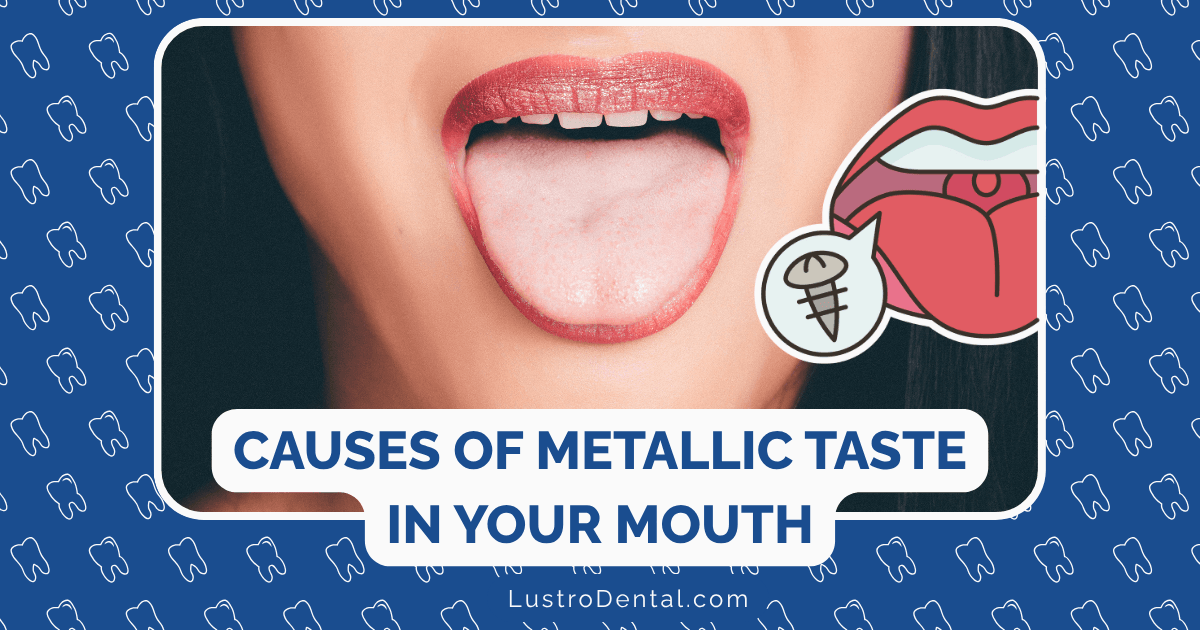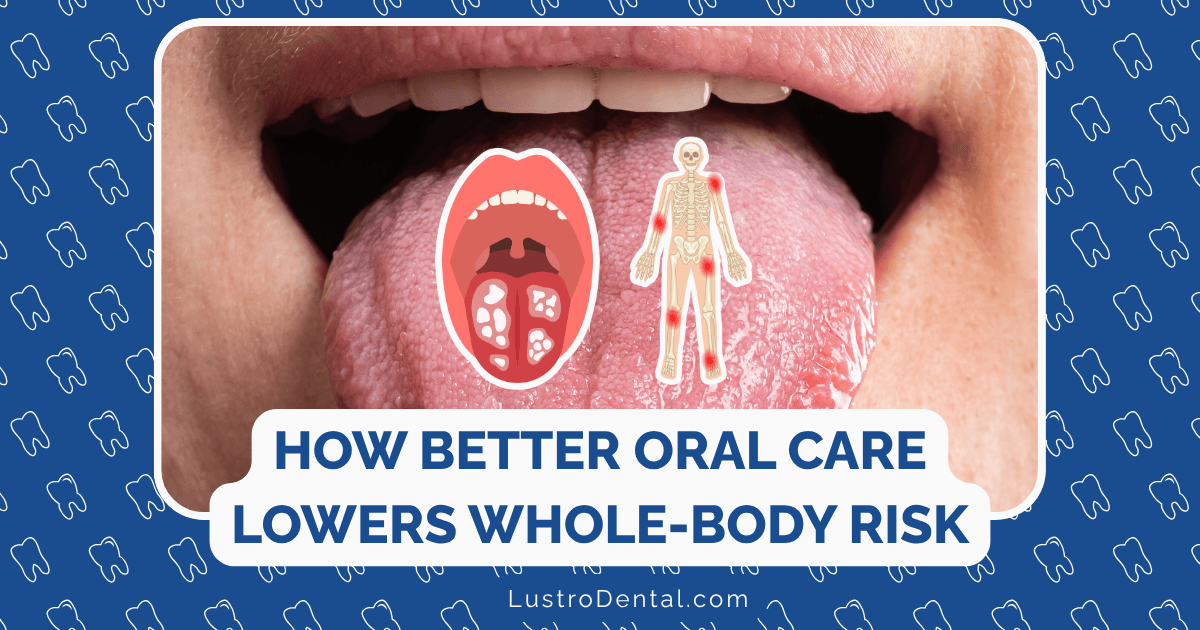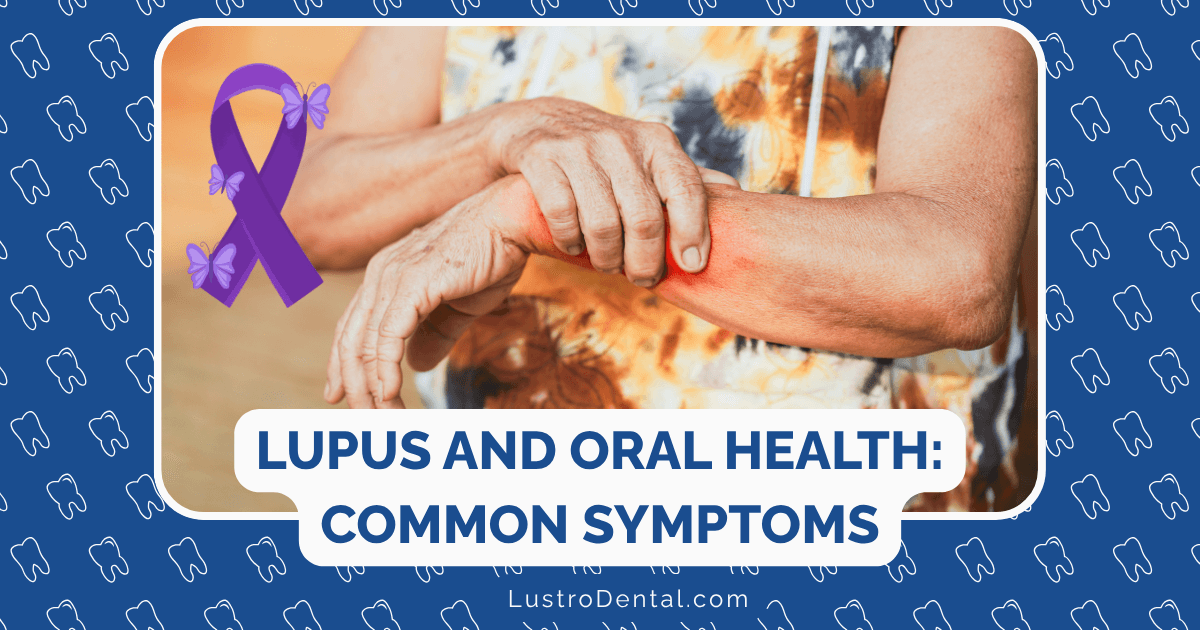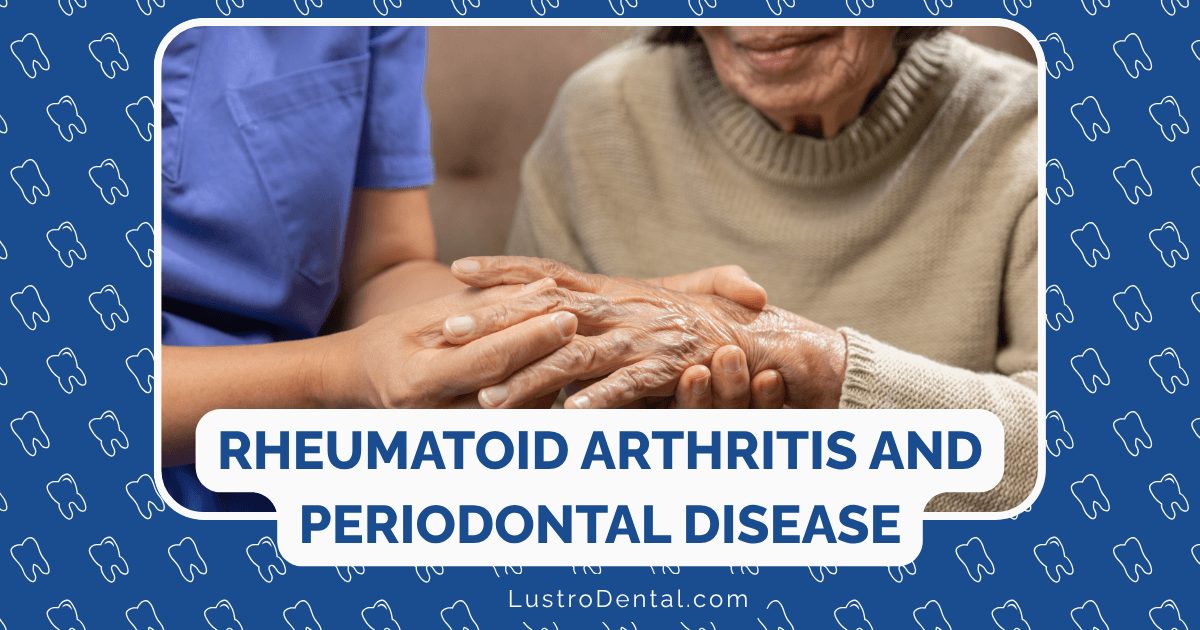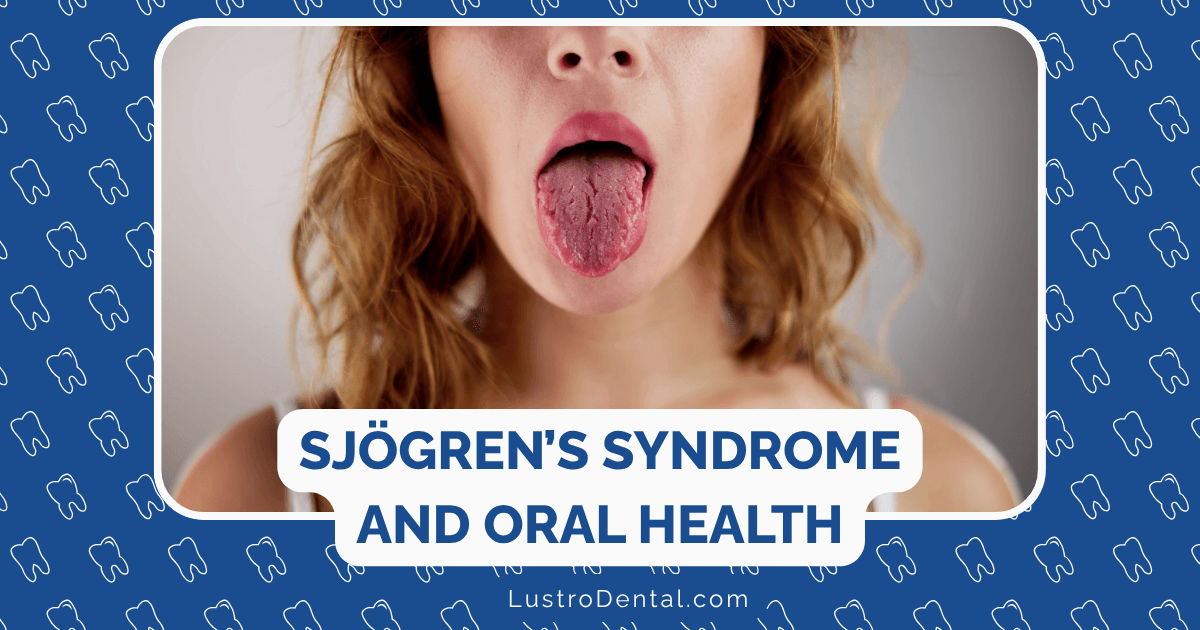Blood Sugar Control and Healing: Impact on Dental Treatment Outcomes
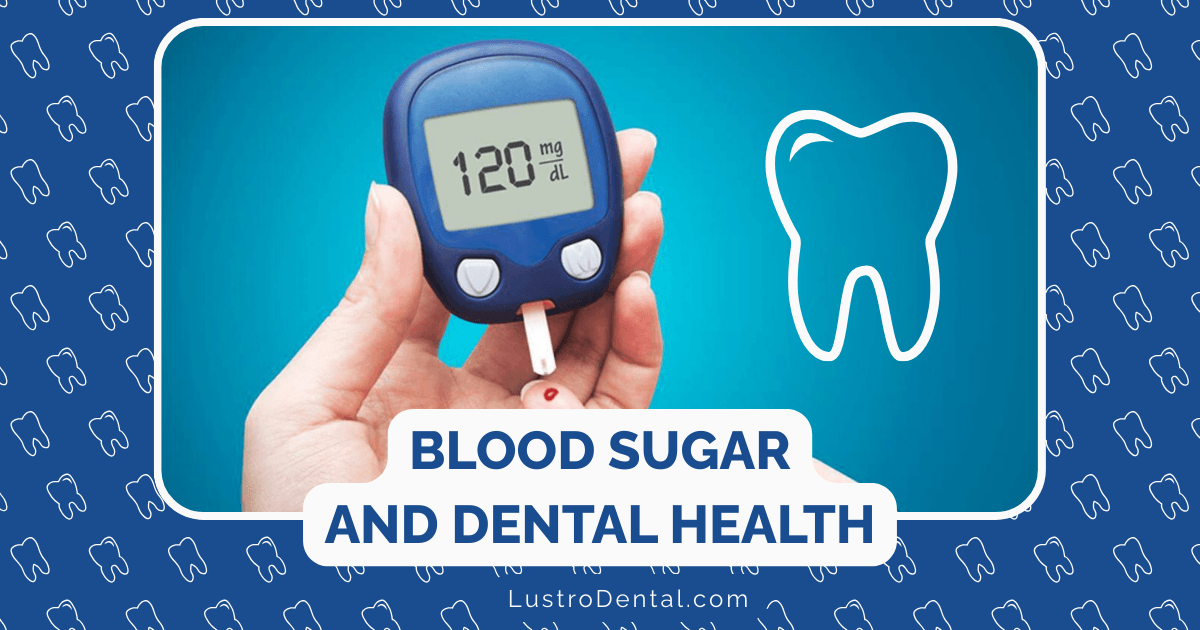
When it comes to dental procedures, successful outcomes depend on many factors—the dentist’s skill, the materials used, and the patient’s aftercare routine. But there’s another critical factor that often goes overlooked: blood sugar control. For the millions of people living with diabetes—and even those with prediabetes or undiagnosed high blood sugar—glycemic control can significantly impact how well and how quickly the body heals after dental treatments.
This connection between blood glucose levels and dental healing isn’t just theoretical—it’s backed by substantial scientific evidence. Let’s explore how blood sugar affects dental treatment outcomes and what both patients and practitioners can do to optimize healing.
The Science Behind Blood Sugar and Healing
How Normal Healing Works
To understand how blood sugar affects healing, we first need to understand the normal healing process. When tissue is damaged during dental procedures—whether it’s a simple extraction, periodontal surgery, or implant placement—the body initiates a complex, coordinated healing response that includes:
- Hemostasis: Blood clotting to stop bleeding
- Inflammation: Immune cells rush to the area to fight potential infection
- Proliferation: New cells multiply to repair the damaged tissue
- Remodeling: The tissue reorganizes and strengthens over time
Each of these phases requires precise timing and coordination of various cells, growth factors, and signaling molecules.
How Elevated Blood Sugar Disrupts Healing
“Hyperglycemia—or high blood sugar—throws a wrench into this finely tuned healing machinery,” explains Dr. Sarah Johnson, endocrinologist at Mayo Clinic. “It affects virtually every aspect of the healing process, from the cellular level to the tissue level.”
Research published in 2025 in the Journal of Molecular Medicine identifies several key mechanisms through which elevated blood glucose impairs healing:
1. Increased Inflammation
Normally, inflammation is a necessary and beneficial part of early healing. However, in hyperglycemic conditions, inflammation becomes excessive and prolonged.
“Diabetic wounds often remain stuck in the inflammatory phase,” notes Dr. Michael Chen, periodontist at the University of California. “Instead of transitioning to tissue repair, the persistent inflammation actually damages surrounding healthy tissue and delays healing.”
A 2025 study in the Journal of Clinical Periodontology found that diabetic patients with poor glycemic control (HbA1c ≥ 8%) showed significantly higher levels of pro-inflammatory cytokines in extraction sockets compared to those with good control (HbA1c 8%) showed significantly higher implant failure rates
- Marginal bone loss around implants was 1.2 mm greater in poorly controlled diabetics compared to well-controlled diabetics after 5 years
“Osseointegration requires precise cellular communication between the implant surface and bone-forming cells,” explains Dr. Wong. “High blood sugar disrupts this communication, potentially leading to implant failure.”
Periodontal Surgery
Procedures to treat gum disease, such as scaling and root planing or gum grafting, also show differential outcomes based on blood sugar control.
A 2025 study in the Journal of Periodontology demonstrated that:
- Patients with well-controlled diabetes (HbA1c 8%) had 2.3 times higher risk of surgical site complications
- Attachment gain (a measure of successful periodontal healing) was 37% lower in the poorly controlled group
Overall Oral Health
Beyond specific procedures, blood sugar control affects overall oral health outcomes. A 2025 nationwide survey published in the Journal of Korean Medical Science found that:
- Poor glycemic control (HbA1c ≥ 8%) was associated with having fewer permanent teeth
- Higher HbA1c levels correlated with an increased risk of tooth loss, with significant trends observed
- The Decayed, Missing, and Filled Teeth (DMFT) index was higher in diabetic patients than in healthy controls
What Blood Sugar Levels Are Optimal for Dental Healing?
Based on the current research, here are the general guidelines for blood sugar targets around dental procedures:
Before Procedures
- Optimal: Fasting blood glucose <126 mg/dL; HbA1c <7%
- Acceptable: Fasting blood glucose 126-180 mg/dL; HbA1c 7-8%
- Concerning: Fasting blood glucose >180 mg/dL; HbA1c >8%
“For elective procedures, especially implants or extensive surgeries, we generally recommend postponing treatment until blood sugar is better controlled if the HbA1c is above 8%,” advises Dr. Wong. “The risks of complications and failure simply outweigh the benefits in many cases.”
During Healing
Maintaining stable blood sugar during the healing period is just as important as pre-procedure control:
- Target range: 70-180 mg/dL
- Avoid: Significant fluctuations, as these can be as damaging as consistently high levels
“Glycemic variability—the ups and downs of blood sugar—can be particularly harmful during healing,” notes Dr. Johnson. “Each spike causes a burst of inflammation and oxidative stress that sets back the healing process.”
Strategies for Optimizing Blood Sugar Control for Dental Procedures
For Patients with Diagnosed Diabetes
Before Your Procedure
- Work with your diabetes care provider: Schedule a check-up 2-3 months before major dental work to optimize your blood sugar control.
- Increase monitoring: Check blood glucose more frequently in the weeks leading up to your procedure.
- Communicate with your dental team: Share your most recent HbA1c results and typical blood sugar patterns.
- Schedule strategically: Morning appointments are generally best, as Dr. Thompson explains: “Morning appointments align with natural cortisol rhythms and allow for better management of medication and food timing.”
Day of Procedure
- Take medications as directed: Unless your healthcare provider advises otherwise, take your diabetes medications as usual.
- Eat normally: Don’t skip meals before your appointment unless specifically instructed to do so.
- Bring supplies: Have your glucose meter, medications, and a fast-acting carbohydrate source with you.
- Check blood sugar before the procedure: This provides a baseline and ensures you’re not heading into treatment with very high or low levels.
During Healing
- Maintain your medication schedule: Even if eating is difficult, work with your healthcare provider to adjust medications appropriately rather than skipping them.
- Choose healing-friendly foods: Opt for nutritious, soft foods that won’t spike blood sugar, such as:
- Greek yogurt with a small amount of berries
- Smoothies with protein powder and limited fruit
- Pureed soups with lean protein
- Scrambled eggs or egg whites
- Stay hydrated: Proper hydration is essential for healing and helps maintain blood sugar stability.
- Monitor more frequently: Check blood sugar levels more often during the healing period to catch any concerning trends.
For Dental Professionals
- Screen for undiagnosed diabetes: Consider implementing chairside HbA1c testing for patients with risk factors or signs of poor healing from previous procedures.
- Modify treatment plans based on glycemic control:
- For well-controlled diabetes: Proceed with standard protocols
- For moderately controlled diabetes: Consider more conservative approaches, additional antimicrobial measures, and closer follow-up
- For poorly controlled diabetes: Consider postponing elective procedures and coordinating with the patient’s physician
- Implement extended healing periods: “For patients with diabetes, especially those with suboptimal control, we often extend the healing period before proceeding to the next phase of treatment,” explains Dr. Chen. “For example, we might wait 4-6 months for implant osseointegration instead of the standard 3-4 months.”
- Prescribe prophylactic antibiotics judiciously: While not required for all diabetic patients, those with poor control may benefit from antibiotic prophylaxis for invasive procedures.
- Schedule more frequent follow-ups: Closer monitoring allows for early intervention if healing complications arise.
Emerging Treatments and Research
Recent research is exploring innovative approaches to improve dental healing in patients with elevated blood sugar:
1. Local Application of Growth Factors
“We’re seeing promising results with the topical application of growth factors like platelet-derived growth factor (PDGF) and vascular endothelial growth factor (VEGF),” notes Dr. Thompson. “These can help compensate for the reduced levels naturally found in diabetic wounds.”
A 2025 clinical trial showed that application of PDGF gel to extraction sockets in diabetic patients improved healing rates by 37% compared to standard care.
2. Antioxidant Therapy
Since oxidative stress plays a major role in impaired healing, researchers are investigating antioxidant treatments:
“Local application of antioxidants like N-acetylcysteine has shown potential in neutralizing the harmful effects of reactive oxygen species in diabetic wounds,” explains Dr. Wong.
3. Anti-AGE Compounds
Compounds that prevent or break down advanced glycation end products are being studied for their potential to improve healing:
“Agents like aminoguanidine have shown promise in animal studies for improving bone healing in diabetic conditions,” says Dr. Chen. “We’re hopeful that human trials will demonstrate similar benefits.”
4. Modified Surgical Techniques
Dental professionals are developing adapted surgical approaches specifically for patients with diabetes:
- Enhanced flap designs that maximize blood supply
- Minimally invasive techniques that reduce tissue trauma
- Modified suturing methods that promote better wound closure
The Bidirectional Relationship: How Dental Health Affects Glycemic Control
Interestingly, the relationship between blood sugar and dental health works both ways. Not only does blood sugar affect dental healing, but dental health—particularly periodontal status—affects blood sugar control.
“It’s a two-way street,” explains Dr. Johnson. “Periodontal disease increases systemic inflammation, which can worsen insulin resistance and make diabetes harder to control.”
A 2025 systematic review published in PMC found that effective periodontal treatment can improve glycemic control:
- Non-surgical periodontal therapy reduced HbA1c by an average of 0.4% after 3 months
- Regular maintenance therapy (every 3-6 months) helped sustain these improvements
- A 1% reduction in HbA1c is associated with a 14% reduction in heart attack risk and a 21% reduction in diabetes-related deaths
This bidirectional relationship creates a potential virtuous cycle: better blood sugar control improves dental healing, and better dental health contributes to improved blood sugar control.
Conclusion: A Collaborative Approach to Care
The relationship between blood sugar control and dental healing highlights the need for collaborative care between dental professionals and diabetes care providers.
“The old model of separate silos for medical and dental care doesn’t serve patients well,” emphasizes Dr. Wong. “We need integrated approaches where dental professionals understand diabetes management, and medical professionals recognize the importance of oral health.”
For patients, this means being proactive about sharing information between your healthcare providers and taking an active role in managing both your oral health and blood sugar levels.
The good news is that with proper attention to blood sugar control, even patients with diabetes can achieve excellent outcomes from dental treatments. The key is awareness, preparation, and communication between all members of the healthcare team.
By understanding how blood sugar affects dental healing and taking steps to optimize glycemic control, both patients and practitioners can work together to ensure the best possible outcomes from dental treatments—creating smiles that are not only beautiful but built on a foundation of good health.
Are you managing diabetes while undergoing dental treatment? Share your experiences or questions in the comments below!


